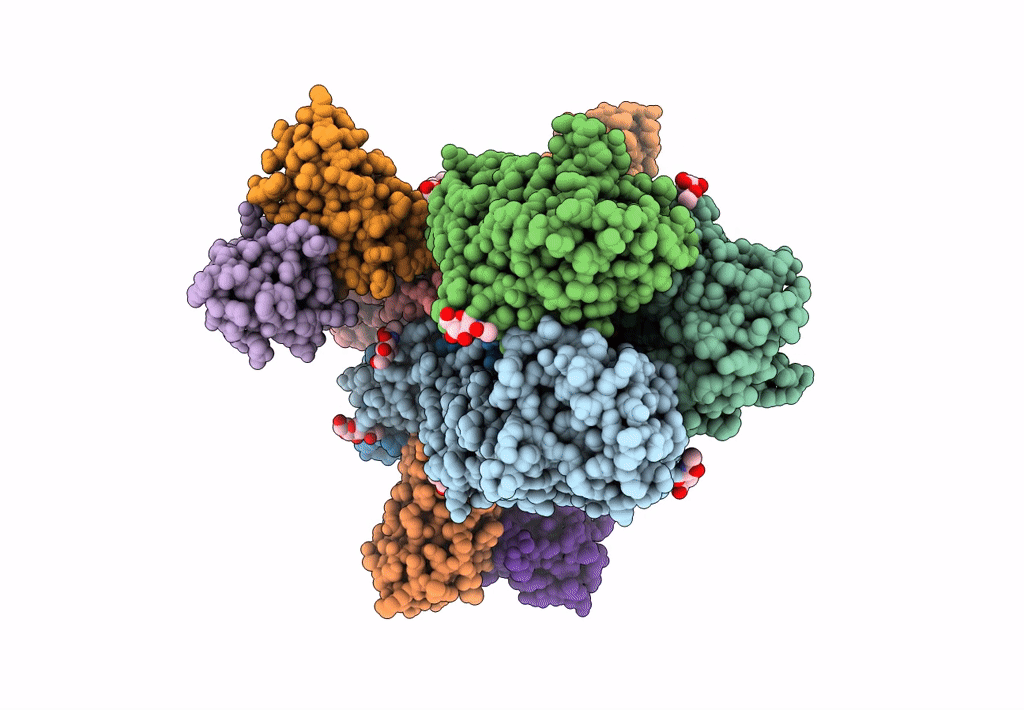
Deposition Date
2020-12-11
Release Date
2021-11-03
Last Version Date
2024-11-13
Entry Detail
PDB ID:
7L0L
Keywords:
Title:
Cryo-EM structure of the VRC316 clinical trial, vaccine-elicited, human antibody 316-310-1B11 in complex with an H2 CAN05 HA trimer
Biological Source:
Source Organism:
Homo sapiens (Taxon ID: 9606)
Influenza A virus (A/Canada/720/2005(H2N2)) (Taxon ID: 327255)
Influenza A virus (A/Canada/720/2005(H2N2)) (Taxon ID: 327255)
Host Organism:
Method Details:
Experimental Method:
Resolution:
2.85 Å
Aggregation State:
PARTICLE
Reconstruction Method:
SINGLE PARTICLE


